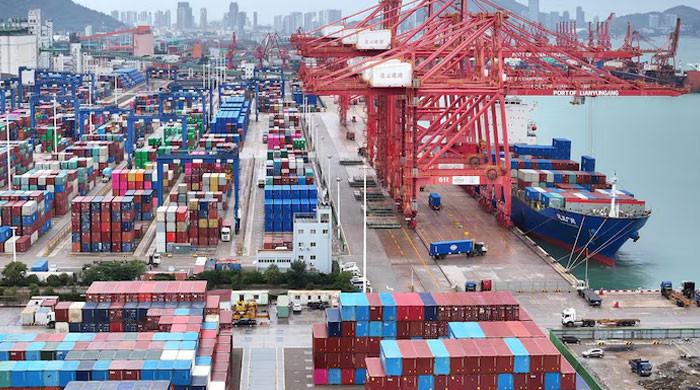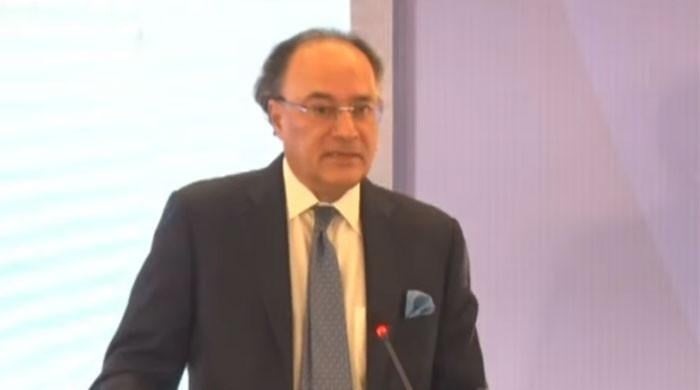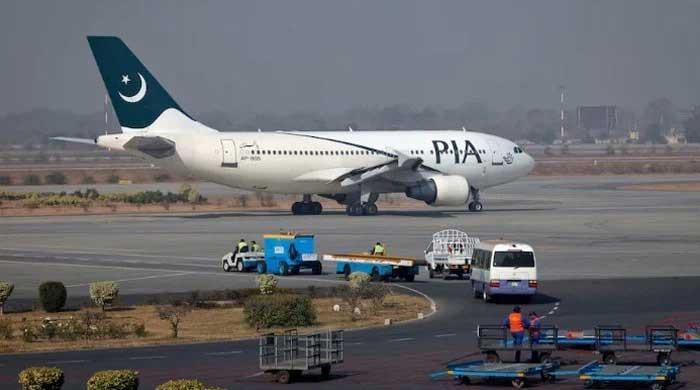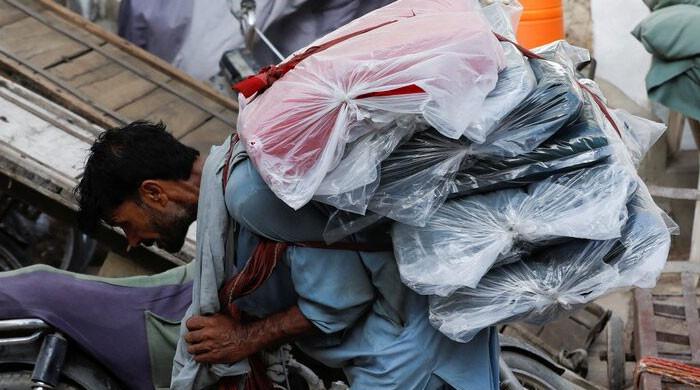Pakistan's remittances plunge 14% in FY23
Pakistan receives $27 billion in remittances in FY23; in FY22, it received $31.3 billion
July 11, 2023

- Inflows totaled $2.2 billion in June; 22% decline from last June.
- Remittances diverted to grey market due to better dollar rates.
- Remittance inflows in August increased due to Eid ul Adha.
KARACHI: During the fiscal year 2023, remittances to Pakistan from its citizens working abroad dropped by 14%, The News reported Tuesday, citing data from the State Bank of Pakistan (SBP).
The decline resulted from an increased gap between interbank and open market exchange rates, prompting expats to send money home through illegal channels.
In FY23 — from July 2022 through June 2023 — Pakistan received $27 billion in remittances; in the previous fiscal year, the country received $31.3 billion.
In June, the inflows totaled $2.2 billion, a 22% decline from the same month last year. However, remittances rose 4% month-on-month in June.
The nation has had nine months of $2–2.2 billion in monthly remittances since October.
Remittance inflows were significant in August, totaling $2.7 billion.
The fall in remittances is another blow to Pakistan's economy, which is already experiencing its worst economic crisis in years.
The SBP's foreign exchange reserves have dropped to $4.5 billion — hardly enough to cover a month's worth of imports.
The country needs to repay $25 billion in foreign debt this year.
The remittance figures came as Islamabad sought approval for a short-term bailout at the Executive Board meeting of the International Monetary Fund on July 12.
After a drawn-out review process for the cash-strapped economy since November last year, the country and the IMF finally reached a staff-level agreement on June 29 to release $3 billion in crucial bailout funds.
The IMF agreement has decreased the nation's short-term default risks.
The arrangement is under a stand-by arrangement as the Extended Financing Facility programme, which was agreed in 2019, ended on June 30.
The workers' remittances were diverted to the grey market because analysts claimed the dollar rate was better.
"Remittances dropped mainly due to an increase in the spread between formal and informal exchange rates," said Fahad Rauf, head of research at Ismail Iqbal Securities.
"It is evident from the fact that remittances declined by a higher percentage from GCC [Gulf Cooperation Council] as compared to the developed world," Rauf added.
Remittances from the US were steady, while those from countries in the EU fell by 7% despite the worsening economic situation in the developed world.
However, despite a strong economic cycle, remittances from the GCC fell by 17%, according to Rauf.
"As the gap between formal and informal channels has reduced, we can expect growth in remittances in FY24 to about $30 billion," he said.
According to analysts, the seasonal uptick in remittances in June over the previous month was brought on by Pakistani expatriates sending extra money home for Eid ul Azha to purchase sacrificed animals.
They also point to other factors, such as Pakistan's economic uncertainty, as well as higher inflation and a slowdown in host-country economies, as contributing to the decline in remittances between July and June.
"Higher open market rate and economic uncertainty affected Pakistan's inward remittances. With IMF's new plan and political stability we may see some improvement in these remittances going forward," said Topline Securities CEO Mohammed Sohail.











